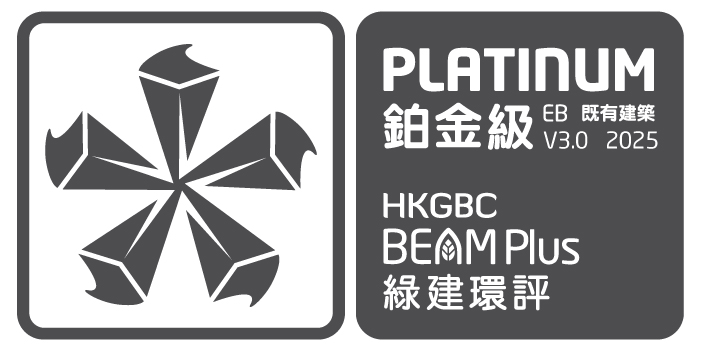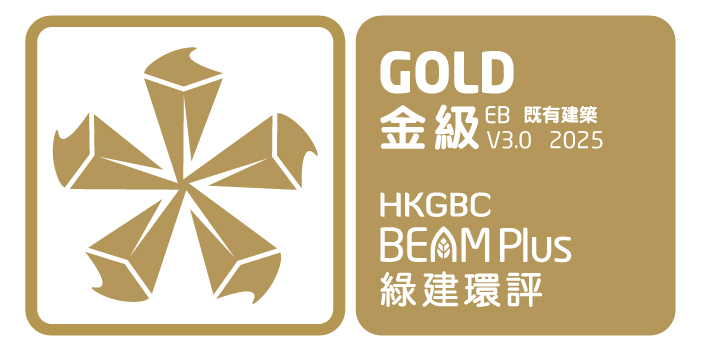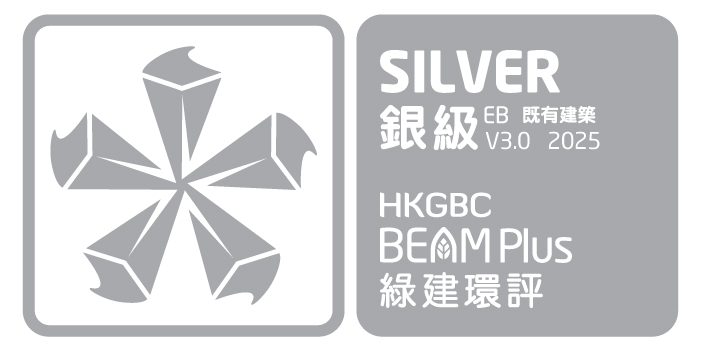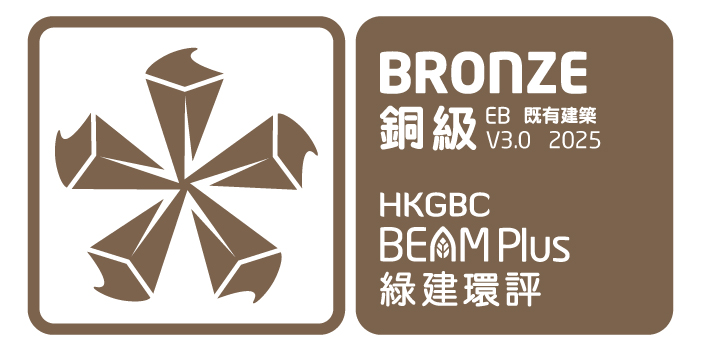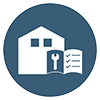Features of Existing Buildings Version 3.0
| Mechanism Features |
- Introduce mixed-credit themes to meet the latest needs of society (e.g. Sustainable Real Assets to meet GRESB requirements, Advancing Net Zero to meet the latest trend on carbon reduction);
- Scoring is more flexible due to removal of “Prerequisites” and the larger pool of best practices, so that different types of buildings can find room to participate (e.g. there are 216 points available in the credit pool, and applicants are required to obtain just 75 points to achieve the Platinum rating);
- Absolute point-based scoring method, so that there is no need to calculate the ratio of achieved credits to available credits and to apply aspect weighting factors; the removal of the fixed denominator also contributes to flexibility;
- There is no “Exclusion” under each credit - simplifies the scoring process and eliminates the need to seek “N/A”; this contributes to a simpler process and a fairer approach to all building types;
- Require the submission of key sustainability data on an annual basis after certification; this is to ensure ongoing monitoring of building performance;
- Embrace more innovations – unspecified innovation practices can lead to ten credit points instead of previously five.
|
| Content Features |
- Climate resilience & adaptation – coping with global climate change and mitigating risks faced by buildings
- Net zero commitment – Target setting, SBTi, Zero-carbon-ready Building Certification, off-site green power, EV charging facilities, low-carbon transport, large-scale energy reduction of existing buildings, etc.
- Behavioural change – tenant engagement, community engagement, etc.
- Enhanced health & wellbeing – biophilic design, active living, anti-COVID measures, etc.
- Smart technologies – BIM, digitalised operation and maintenance, on-line real-time monitoring, etc.
- Wider sustainability issues – ESG committee, biodiversity, mental health programme, community space, etc.
|
